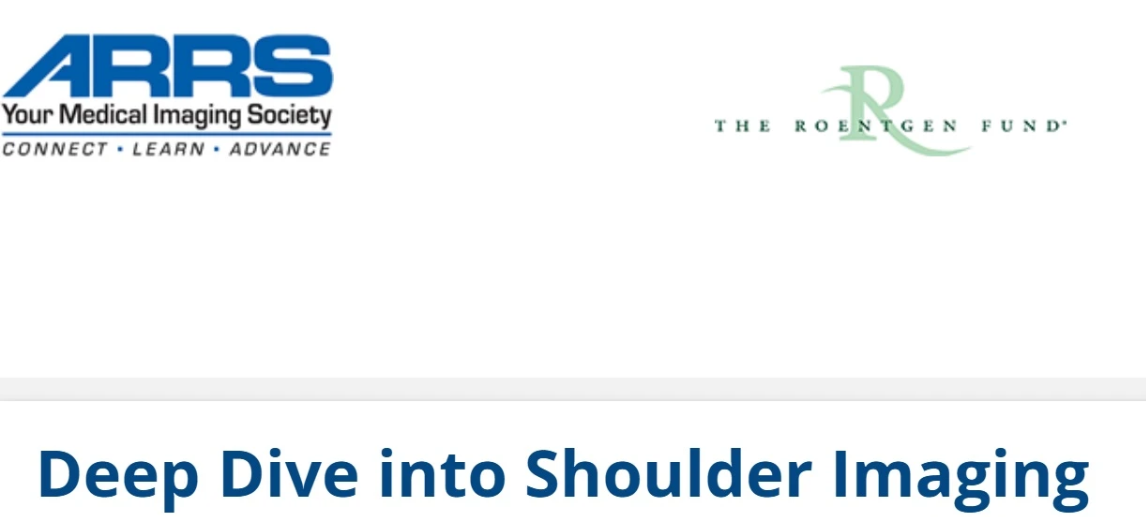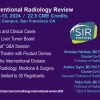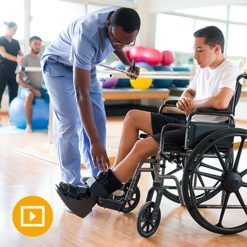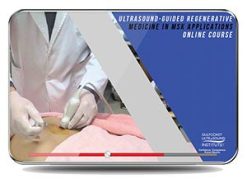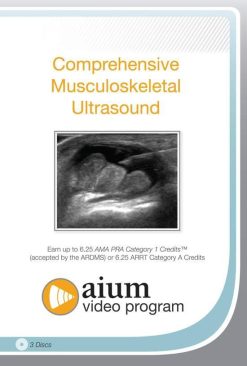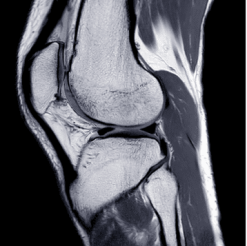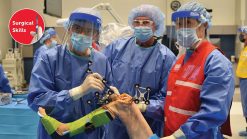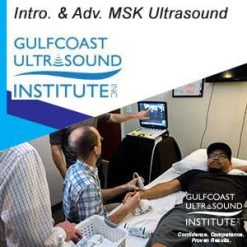Deep Dive into Shoulder Imaging 2024
$55,00
This Product is shared via google drive download link, So please share your correct Gmail id while placing the order .Please note that there are no CME points or certificate associated with this course Samples for Courses Can be found here : Free Samples Here!
8 Videos
Categories: Radiology, ORTHOPEDICS, PATHOLOGY
Tags: Orthopaedic, pathology, radiology
Date of Original Release: October 2024
This course will focus on advancements in shoulder imaging and its applications. The first half of the course will cover the use of imaging in diagnosing and treating rotator cuff pathology, glenohumeral joint instability, and inflammatory conditions. It will emphasize the strengths and limitations of various imaging modalities and their role in preoperative planning, postoperative evaluation, and long-term follow-up.
The second half will highlight pediatric shoulder imaging, contrasting it with adult cases, and address diagnostic challenges related to tumors and tumor-like conditions. Lectures are designed for musculoskeletal learners and will include detailed case studies to enhance interpretative skills and clinical decision-making in shoulder imaging.
Deep Dive into Shoulder Imaging 2024
Learning Outcomes and Modules
After completing this course, the learner should be able to:
- Identify the most suitable imaging studies for various shoulder conditions, understanding the indications, strengths, and limitations of different modalities such as X-ray, ultrasound, MRI, and CT, and selecting the appropriate imaging technique based on the clinical scenario.
- Recognize imaging features of rotator cuff pathologies, ranging from tendinosis to full-thickness tears and rotator cuff arthropathy.
- Understand imaging protocols and findings associated with shoulder arthroplasty, including preoperative planning, postoperative evaluation, long-term follow-up, and the identification of common complications related to shoulder implants.
- Diagnose inflammatory conditions such as bursitis, tendonitis, and arthritis, and differentiate between benign and malignant shoulder tumors using imaging.
Module 1
- Imaging the Shoulder – X-ray and Beyond—Connie Youhua Chang, MD
- Rotator Cuff: Tendinosis to Arthropathy—Christine B. Chung, MD
- Shoulder Arthroplasty – All You Need to Know—Alice S. Ha, MD
- Miscellaneous Conditions Shoulder – Inflammation to Tumor—Hakan Ilaslan, MD
Module 2
- GHJ Instability – Labral Characterization—Michael J. Tuite, MD
- GHJ Instability – Bipolar Assessment—Soterios Gyftopoulos, MD
- Pediatric Shoulder – Not Just a Small Adult—Jie C. Nguyen, MD
- GHJ Case-Based Session – Aunt Minnie or DDX—Karen Y.T. Cheng, MD
Related products
ORTHOPEDICS
$15,00
$40,00
$30,00
$40,00

